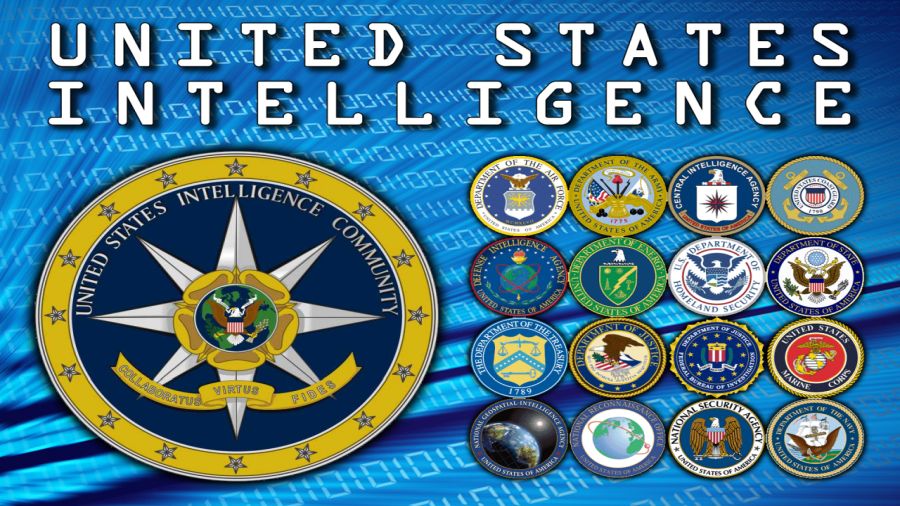New Strategy for the US Intelligence
On 10 August, Director of National Intelligence Avril D. Haines released the 2023 National Intelligence Strategy (NIS), which outlines the intelligence strategy over the next four years.
The press release states that “The National Intelligence Strategy articulates what the Intelligence Community will need to cultivate to be effective in the future: an information and technological edge, a broad array of partnerships, and a talented and diverse workforce as we pursue our vision of an IC that embodies America’s values…. It also highlights the expanding role of the IC in supporting the resilience of our national critical infrastructure and that of our allies and partners.”
In other words, US infrastructure relies on commercial information stolen from other countries and provided to local contractors by US intelligence agencies, not American engineers and industry. This embodies America’s values, which includes taking other people’s intellectual property, among other things. This is a concept well-known since the independence of English colonies from the British Empire, which continued to expand across North America and further beyond.
The six goals described in NIS encompass essential aspects of the present-day environment: the key role of competition between the United States and China + Russia; the growing importance of new technologies, supply chains and state economic governance for national security; the increasing influence of sub-national and non-state actors; and the challenges posed by the convergence of common global threats such as climate change and health security.
Essential to US intelligence, NIS reflects the input of all 18 division leaders as it drives the team’s operations, investments, and priorities.
As for the goals themselves, they are as follows:
– Positioning intelligence to enhance strategic competition with improving “ability to provide timely and accurate insights into competitor intentions, capabilities, and actions by strengthening capabilities in language, technical, and cultural expertise and harnessing open source, “big data,” artificial intelligence, and advanced analytics.”. This direction is in line with trends in technology and intelligence over the last 10 years. However, it was important to mention the competitors’ intentions.
– Recruit, develop, and retain a talented and diverse (seemingly referring to individuals with deviant behavior, for whom there is a quota in the US agencies) workforce that operates as a united community. “The Community must overcome long-standing cultural, structural, bureaucratic, technical, and security challenges to reimagine and deliver the IC workforce of the future.” There seems to be a certain inconsistency here with America’s designated values. Could the above problems be superficial? Considering the overall decline of security agencies in the US, revelations made by insiders like Edward Snowden, and the deterioration of American political culture, it appears that these problems are systemic and unlikely to be addressed by intelligence.
– Deliver interoperable and innovative solutions at scale: to do this, the strategy says, the intelligence community must establish “unified IC procurement authorities, centralized solicitation systems, and a Community-wide contracting system, all bolstered by automation tools. A Community-wide, data-centric approach based on common standards is crucial to realizing the full promise of new capabilities.” While it sounds like a sensible thing to do, similar proposals have not been implemented in the US for years. Therefore, it is unclear how this will be achieved.
– Diversify, expand, and strengthen partnerships: “Even as we continue to invest in existing partnerships like those with our Five-Eyes partners and forge new ones, the evolving set of challenges — from cyberattacks and climate change to pandemics and foreign malign influence — also require investing in new and more diverse partnerships, especially with non-state and sub-national actors. From companies to cities to civil society organizations, these actors’ ideas, innovations, resources, and actions increasingly shape our societal, technological, and economic futures.” This trend could lead to a dangerous symptom of increased militarization among not only the civilian population, but also other states.
– Expand IC capabilities and expertise on transnational challenges: Such challenges, NIS explains, include “more frequent and intense crises due to the effects of climate change, narcotics trafficking, financial crises, supply chain disruptions, corruption, new and recurring diseases, and emerging and disruptive technologies,” which in turn undermine security. Crises also include civil unrest and migration. Furthermore, this provision is not novel. Statements like this have been in every strategy for 20 years.
– Enhance resilience: increasing the IC’s involvement in safeguarding critical infrastructure to provide early warnings, which can lead to more dependable recovery and response. Additionally, it is essential to expand its role in “understanding threats and vulnerabilities to supply chains and helping to mitigate threats to government and industry partners’ infrastructure.”
Similarly, this rhetorical statement is quite old. The only difference is that there are more problems for America because supply chains have changed. This indicates that previous warnings were disregarded by the country’s leadership. It is also improbable that the White House administration, including the new shift in 2024, will exercise more prudence than their predecessors.







